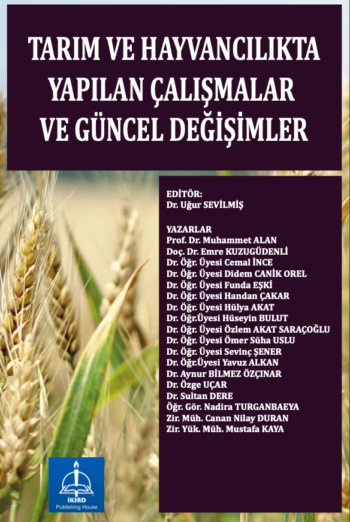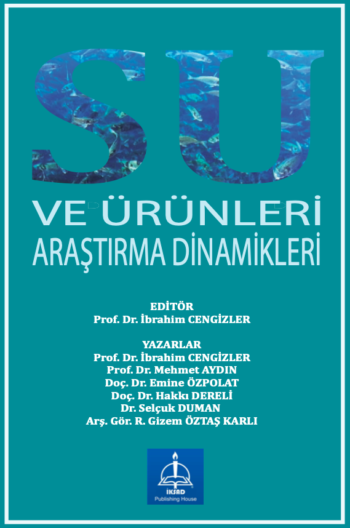Agriculture has been one of the main sources of human existence throughout history. It is of great importance as nutrition for humans and animals, and basic input to various industries. From the existence of mankind to the present day, it has gone through various stages in terms of production activities. Since the end of the 18th century, the traditional society structure based on agriculture has changed. Rapid population growth, shrinkage of agricultural areas, mechanization in agriculture and the effects of this great transformation on the environment have left agricultural producers in a conundrum. By the end of the 1950s, following the period of the first transformation called “Agriculture 1.0”, synthetic pesticides, fertilizers and more effective machinery reduced production costs and thus we entered the “Agriculture 2.0” period, called the Green Revolution. Efficiency increased, thanks to cheap inputs and new tools. With the introduction of GPS signals to everyday use, the “Agriculture 3.0″ process started in the 1990s, today this period is more commonly called Precision Agriculture. The impact of the concept of “Agriculture 4.0”, which has left its mark on today, on agriculture is felt more and more. During this period, innovative and effective tools were created to make the agricultural sector more efficient, competitive, environmentally friendly and sustainable. Robots and artificial intelligence started to be used in the agricultural sector and more products could be grown in a faster and healthier way. In the ” Agriculture 5.0″ model, which emerged as a paradigm shift that aims to direct the focus and purpose of production systems from high profit and market share to social contribution by going beyond the ” Agriculture 4.0″ model, “Sustainability” is a resource-based philosophy, while meeting the present needs of humanity, while considering the needs of future generations.
COMPENDIUM OF ADVANCES IN AGRICULTURE
ISBN: 978-625-6380-67-7





